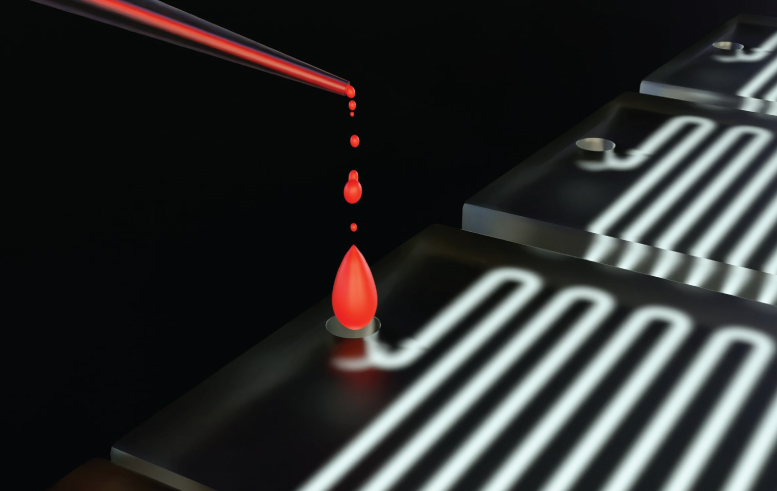In the ever-evolving landscape of healthcare and diagnostics, technological advancements are continuously shaping the way we approach medical testing and analysis. One such innovation that has been gaining traction in recent years is the use of lab-on-a-chip technology and microsampling techniques to revolutionize drug testing. These breakthroughs promise more efficient, less invasive, and highly accurate methods for detecting drugs in the human body, with profound implications for both patient care and clinical research.
Traditionally, drug testing has often involved the collection of large blood samples or urine specimens, which can be uncomfortable, time-consuming, and sometimes challenging to administer. Moreover, such methods may not be suitable for certain patient populations, such as infants or the elderly. Lab-on-a-chip technology, however, offers a transformative solution by miniaturizing and integrating various laboratory functions onto a single chip.
Lab-on-a-chip devices are tiny, credit card-sized platforms that can perform a wide range of analytical tests with minimal sample volumes. These microfluidic systems incorporate microchannels, sensors, and other components to manipulate and analyze samples quickly and efficiently. When applied to drug testing, lab-on-a-chip technology offers numerous advantages, including rapid results, reduced costs, and the ability to process small sample volumes.
One of the most notable advancements in microsampling is the development of minimally invasive techniques that require only a small drop of blood or a few microliters of other bodily fluids. This is a game-changer for patients who require frequent monitoring or individuals who are averse to traditional needle-based methods. Microsampling not only minimizes discomfort but also lowers the risk of infection and eliminates the need for venipuncture, making it more accessible and less intimidating for patients of all ages.
One prominent application of lab-on-a-chip technology in drug testing is the detection of drugs of abuse and therapeutic drug monitoring. Traditional drug tests typically involve collecting urine samples and sending them to a laboratory for analysis, which can be time-consuming and logistically challenging. Lab-on-a-chip devices, however, can provide on-the-spot results, allowing for immediate intervention or treatment adjustments if necessary.
Another area where lab-on-a-chip technology excels is in pharmacokinetics studies and clinical trials. Researchers can obtain real-time data on how drugs are metabolized and distributed within the body, enabling more precise dosing and reducing the risk of adverse reactions. The ability to perform these analyses with microsampling techniques not only streamlines the research process but also enhances patient safety and comfort during clinical trials.
Furthermore, lab-on-a-chip technology is invaluable in point-of-care settings, such as emergency departments or remote healthcare facilities. Rapid, on-site drug testing can help healthcare providers make critical decisions swiftly, ensuring the best possible care for patients. These devices are also instrumental in combating the opioid crisis, as they can quickly screen for the presence of opioids and provide timely interventions to save lives.
Despite the promising potential of lab-on-a-chip technology and microsampling techniques, challenges remain. The standardization of these methods, validation of results, and integration into existing healthcare systems are ongoing processes. Additionally, cost considerations and the need for trained personnel to operate these devices can be hurdles that need to be addressed.
In conclusion, lab-on-a-chip technology and microsampling techniques represent a groundbreaking shift in the field of drug testing and clinical diagnostics. These advancements offer a pathway to more efficient, less invasive, and highly accurate methods for detecting drugs in the human body. As the technology continues to evolve and become more accessible, it holds the promise of transforming the way we approach drug testing, patient care, and medical research. With further research and development, lab-on-a-chip technology has the potential to shape the future of healthcare, offering benefits that extend beyond drug testing to a wide range of medical applications.









Comments
Post a Comment